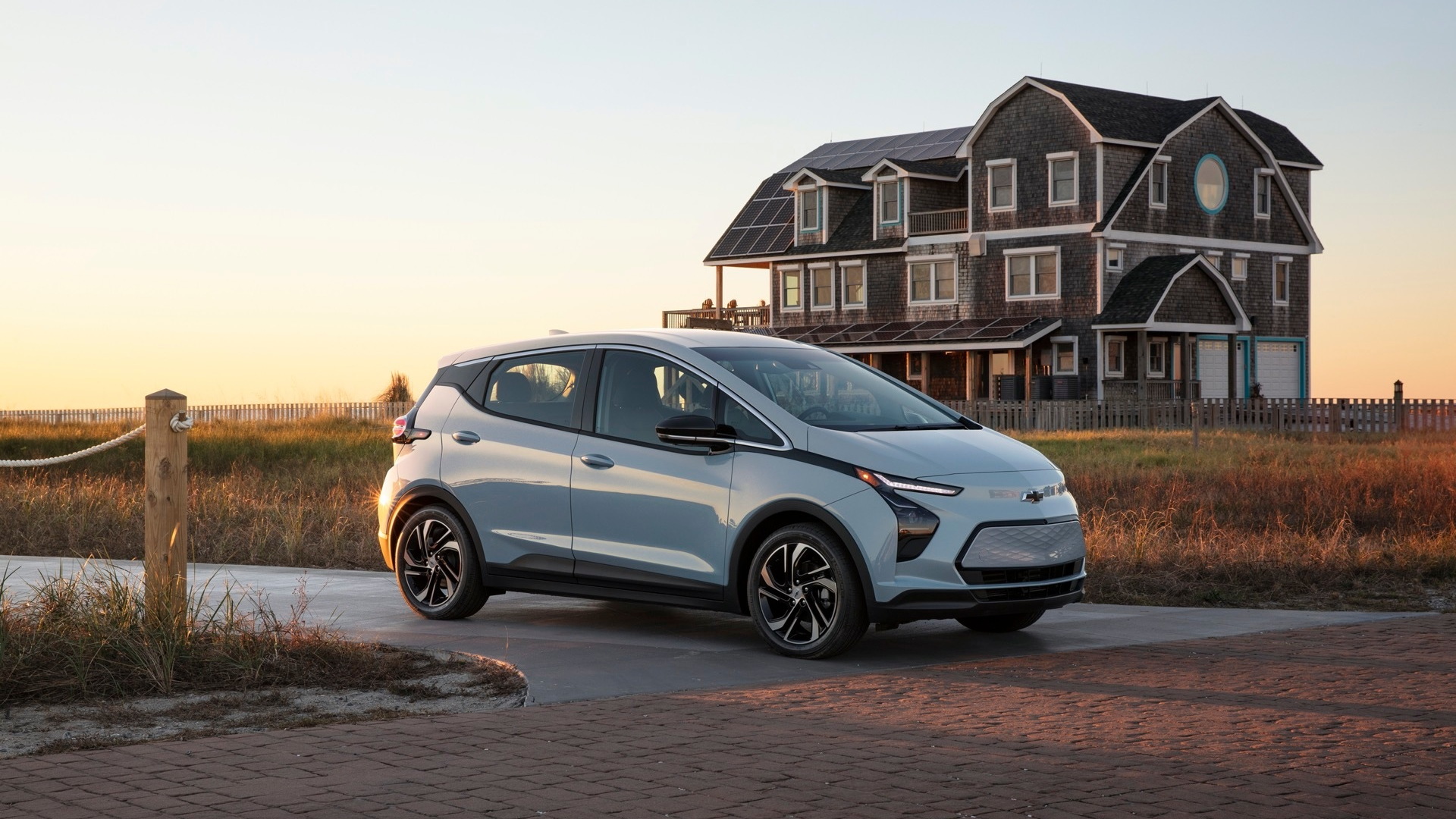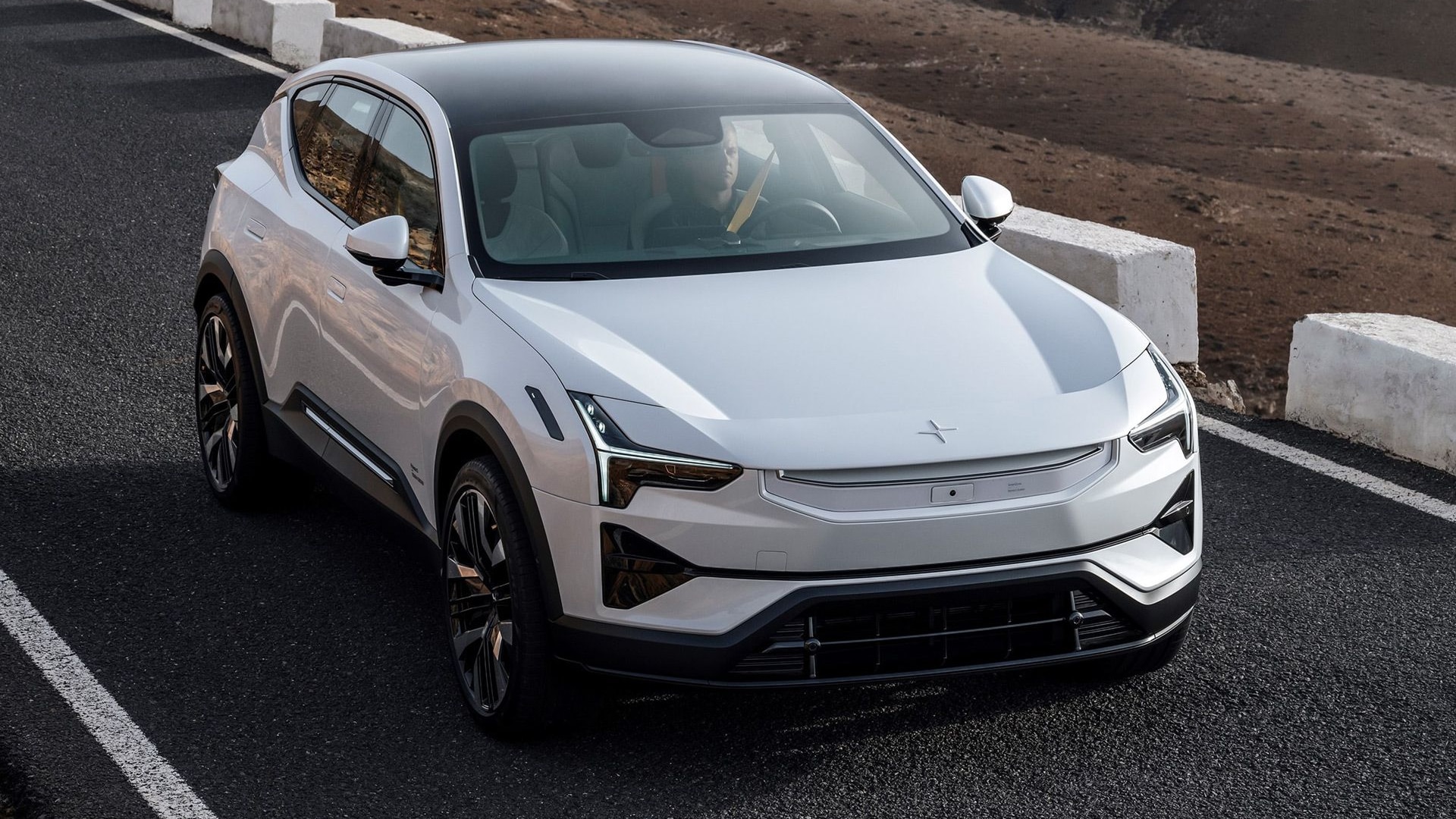Used electric cars starting to enter the market in higher numbers, letting advocates suggest that if the purchase price of a new plug-in car is too high, buyers can look at used options.
The usual metric of retained-value calculations can be tricky for plug-ins, though because most buyers take advantage of Federal income-tax credits of $2,500 to $7,500.
Nonetheless, the National Automobile Dealers Association (NADA) has taken a look at how used electric cars have held their value so far.
DON'T MISS: Used Electric Cars: About To Get Big, What You Need To Know
The data is contained in the April issue of NADA Used Car Guide Perspective, available online as a downloadable .PDF file.
NADA has ranked used electric cars that are one, two, and three years old from best to worst value retention. Its analysis, however, leaves something to be desired.
![Value retention for used plug-in electric vehicles after 1 year [National Auto Dealers Association] Value retention for used plug-in electric vehicles after 1 year [National Auto Dealers Association]](https://images.hgmsites.net/lrg/value-retention-for-used-plug-in-electric-vehicles-after-1-year-national-auto-dealers-association_100513754_l.jpg)
Value retention for used plug-in electric vehicles after 1 year [National Auto Dealers Association]
Not surprisingly, the Tesla Model S electric luxury sedan holds its value the best, with retentions of 83 percent, 71 percent, and 57 percent respectively after one, two, or three years.
On the other end of the scale, the tiny Mitsubishi i-MiEV electric minicar retains just 35 and 21 percent after one and three years.
No two-year-old i-MiEVs exist, because the car skipped the 2013 model year altogether. (It has also skipped the 2015 model year in the U.S.)
ALSO SEE: Should I Buy A Used Nissan Leaf (Or Another Electric Car)?
On the two-year chart, he Ford Focus Electric compact hatchback is at the bottom, at 35 percent.
The most prevalent electric car in the U.S. since 2010, by sales volume, is the Nissan Leaf; it is ranked consistently toward the bottom of each chart, though above the i-MiEV and Focus Electric.
The Chevy Volt range-extended electric car is in the bottom half of the one-year-old cars, and much closer to the bottom of the two- and three-year-old charts.

2014 Mitsubishi i-MiEV
However, the preface to the analysis points out that NADA specifically has not taken the effect of tax credits into account. The article says:
The retention calculation is a function of a three month average (March – May 2015) of NADA’s average trade-in value divided by a vehicle’s typically-equipped Manufacturer Suggested Retail Price (MSRP). Typically-equipped MSRP data was sourced from NADA Used Car Guide and ALG.
Note that a vehicle’s rate of depreciation, and ultimately retention, is in part a product of the level of discounting at the time of new. As such, typically-equipped MSRP’s do not include any state or federal tax credits, nor do they include any manufacturer incentives or rebates available at the time of purchase.
MORE: Electric Car Charging: The Basics You Need To Know
In other words, the so-called retained value is the sticker price that the buyer had to finance--but not the amount effectively paid for the car after Federal incentives.
And that's not even to mention state incentives, including that in California, which sends a $1,500 or $2,500 purchase rebate to the buyer of every car in the survey.
A more useful data analysis would take into account the rough percentages of tax credits and purchase rebates--where data is available--on each car, and then re-run the numbers.
_________________________________________________













